Forget the Market. Watch Collecting Is Entering Its Golden Age.
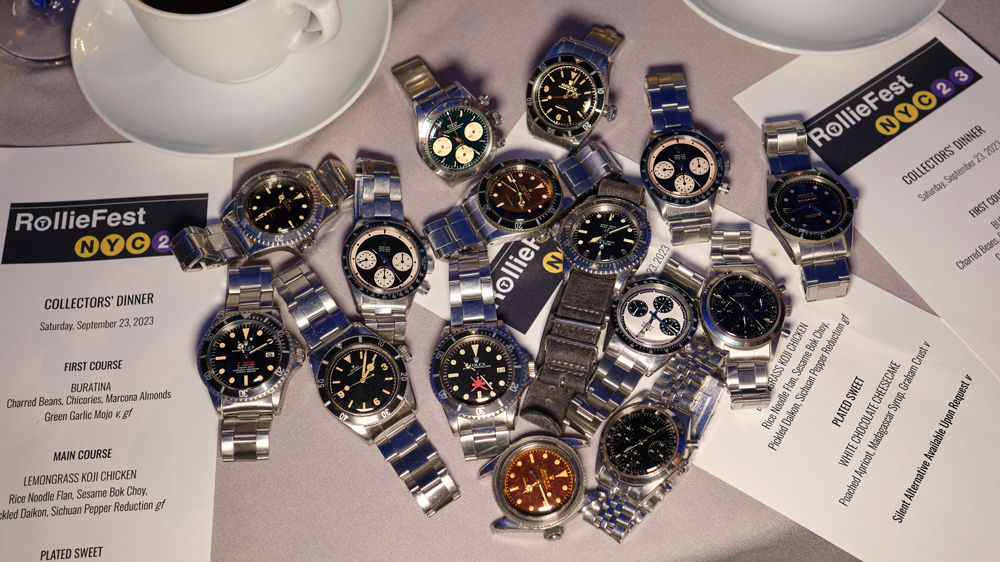
A recent headline from The Times of London posed the question, “Is time running out for the luxury watch as a status symbol?” The article cites an uptick in watch robberies across the U.K., as well as the plummeting share prices of Watches of Switzerland (one of the largest multi-brand watch retailers in the world), as reason enough to suggest the decline of an entire industry.
But here on the other side of the pond, the picture is a bit different. While the watch business isn’t exactly booming in the same way it was in 2022, it’s far from bad. And a trio of circumstances stateside tell me that there’s never been a better time to invest in what’s on your wrist.
More from Robb Report
Elton John's Leopard-Print Rolex Daytona Just Set a New World Auction Record
This Traveling F.P. Journe Exhibition Is a Must-See for Watch Collectors
The first is that dedicated, die-hard collectors are still buying new watches, inflation be damned. Though top-tier coveted models from marquee luxury makers are still hard to get, these enthusiasts are ponying up. And this is despite an uptick in prices for new models from the ultimate industry bellwethers, Patek Philippe and Rolex. Their MSRPs are on the upswing thanks to the increasing cost of gold and materials—but there are also lingering levels of demand leftover from the spending frenzy of the early pandemic, when buyers flooded the market with cash. Many were uncommitted watch flippers and wannabe ballers who have now begun to drop off waiting lists, which means there are more opportunities to acquire pieces for those of us who actually love horology.
“I have noticed a slide in the prices of the once-hot Pateks and Rolexes and am hopeful that buying a piece and flipping it is no longer as lucrative—or the ‘sure thing’—it was thought to be even six months ago,” says Matt Borowiecki, a Boston-based collector. “I am cautiously optimistic that some or most of the speculators will be ‘flushed’ giving me, and others like me, a bit more of a chance. My hope is that this correction also means a ‘cooling off’ in the world of the independents. For example, Rexhepi’s Chronometre Contemporain going for $900,000+, I think, eight months ago wasn’t helpful! I am praying that pricing discipline is beginning to return.” We might be spending a little more than last year’s retail prices, and competition is still stiff in the secondary market, but at least we can aim for the models we want from authorized dealers without having to pay double on Chrono24.
“The watch market is far from dead. What is in demand will continue to be in demand and will continue to trade at a premium,” says New York-based collector Alex Lubin. “But what I’m finding is that all of the… let’s call them ‘bundle-able’ watches, the stuff that you buy in order to get the really high-end pieces, those are taking a hit [on the secondary market].”
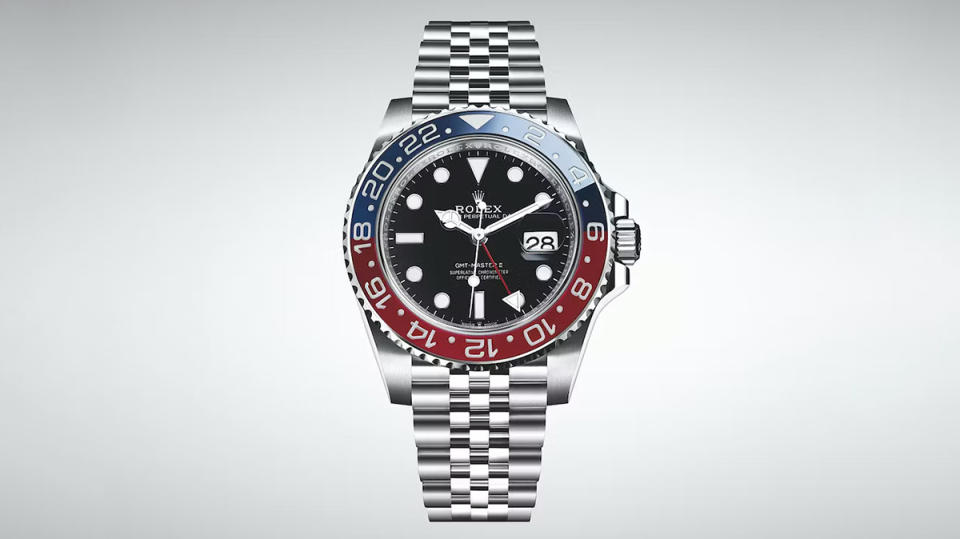
He’s referring to the class of so-called ladder-climbing pieces, the several medium-tier watches—such as a basic Rolex DateJust for example—that a client is typically persuaded to buy before a multi-brand retailer deems them worthy enough to purchase a more elusive Daytona or a GMT-Master II. “You need to be much more selective as a buyer, or you need to take the financial element out of the equation,” says Lubin.
The current state of the market means some clients are turning down models they might have snapped up quickly in the past. But their dedication to hot-ticket items is unwavering. One Southern watch buyer with an impressive collection who asked to remain anonymous, says he’s frequently offered precious metal pieces and grand complications—but never coveted stainless-steel watches. He’s been lingering on the waitlist for a stainless-steel Patek Philippe for six years and counting.
“Certain models such as Royal Oaks, Nautiluses, Aquanauts, Rolex GMTs, and Daytonas continue to experience record demand with wait lists that are as long as they’ve ever been,” says Boston-based collector David Chang. “This is partly driven by the perception of value in the secondary market with these iconic models continuing to fetch strong premiums over MSRP. This bifurcation is also creating confusion among buyers who are assuming that the watch market is soft across the board and that all models should therefore be more available.”
Still, others have seen a little leeway. “I am hearing that the demand for Rolexes, at least, has begun to moderate and I am starting to see—albeit very slowly—watches for sale actually appear on store shelves,” says Borowiecki. “Friends that are in the market for Rolex sports watches are seeing the same. I am still on waiting lists for the one I want, but again, I am growing cautiously optimistic. With regard to A. Lange & Söhne, I am having trouble seeing any improvement. They adopted this new sales strategy and it’s as painful as ever. On the independents front, I am starting to think auctions are worth chasing. If some of the froth has been beaten out of the market, I am hopeful an auction strategy may bear fruit.”
None of this tug-of-war has dampened enthusiasm among seasoned collectors or genuinely passionate newbies. With collectors who treated their watch boxes like stock portfolios cutting their losses, there’s an increased amount of models available for the rest of us, at a variety of price points and prestige levels, even if some of the juggernaut models remain relatively elusive.
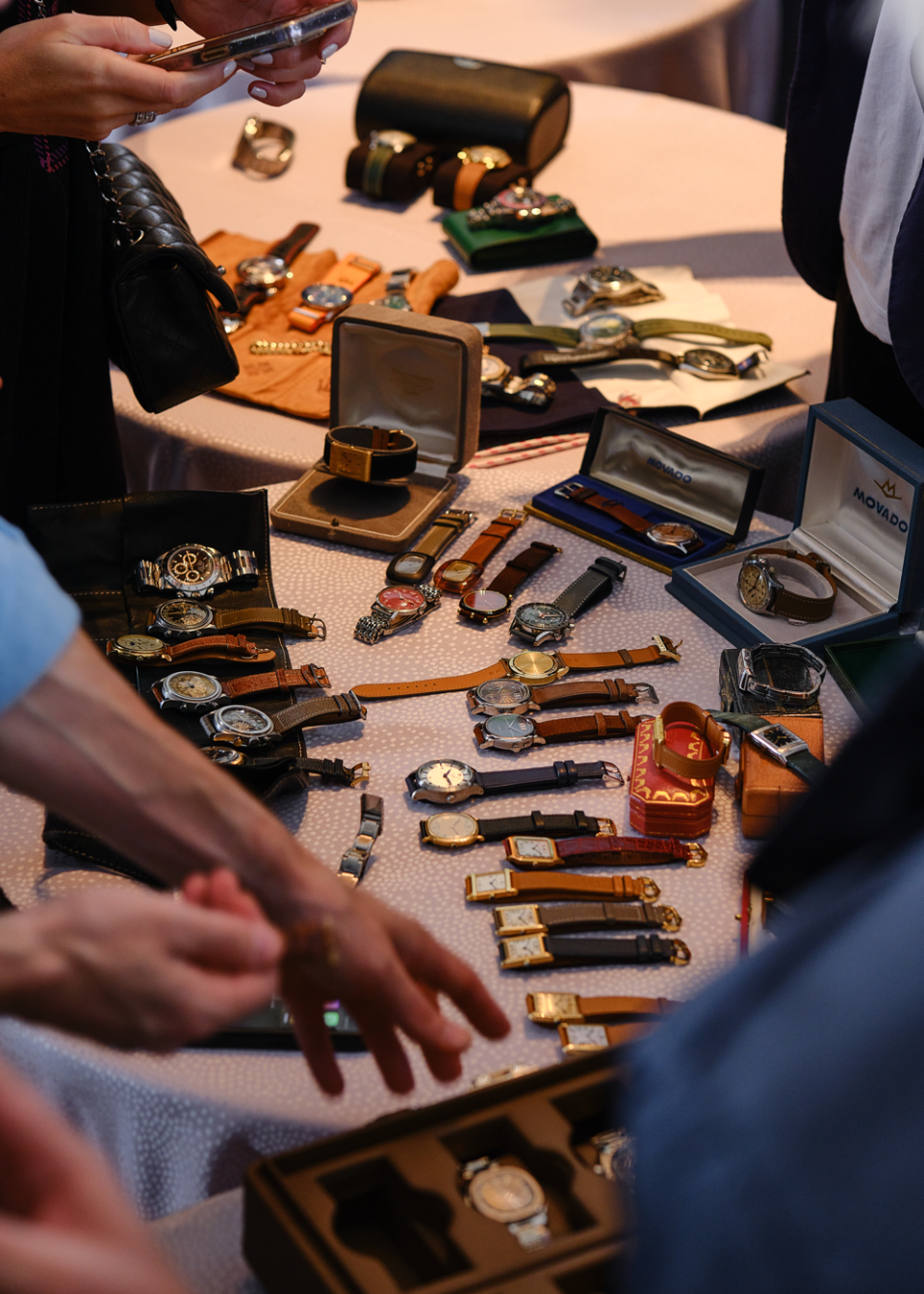
For devoted collectors—who reliably show up to Watches & Wonders, Dubai Watch Week, Rolliefest, WatchTime, and other major industry events—the ups and downs of a market are not typically top of mind. This group has never been all that fussed with being able to make a profit. For many, bringing up ROI generally elicits a look of disgust: They’re the crowd you’ll hear reminding newer collectors to buy what they genuinely like. U.K.- and Uganda-based collector Roni Mahdvani was collecting Cartier long before it came hot on the heels of Rolex, Audemars Piguet, and Patek Philippe’s sport watches. His collection presents a studied point of view rather than a collection of “every watch of the moment.” Ditto Greg Selch, another New York-based collector, who will enthusiastically show off rare models from more affordable makers including Omega, TAG Heuer, Zodiac, Universal Genève, and Fave-Leuba. What is evident, always, when speaking to collectors with a considered curation is a downright electric enthusiasm. It is hard to be in the presence of any of these kinds of connoisseurs and not get excited about watches.
“Those of us who are in it for the love and passion and, more than anything, for the community, are going to make our way on our own and we are all happy for everyone to participate,” Selch recently wrote on Instagram. “There is no entry fee; you don’t have to buy a certain amount to qualify, you don’t even need to show up. All are welcome. Life is too short for competition and exclusivity.”
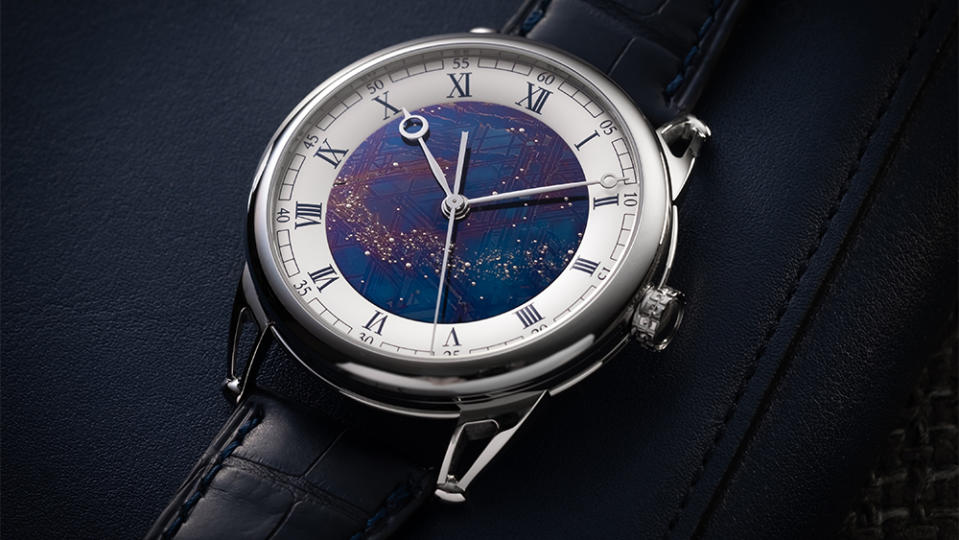
I first started writing about watches around 2011. What I’ve observed is that the awareness and interest in the art of watchmaking has grown exponentially since then. A decade ago, the only brand friends would ask about was Rolex, and maybe a few knew about Omega. Today, I regularly get text messages from my husband’s colleagues asking about Patek Philippe and Audemars Piguet but also niche brands like De Bethune and F.P. Journe. Another friend, who works in the restaurant business, recently texted me to inquire about a Girard-Perregaux. Many of these people didn’t even wear a watch five years ago. When my 21-year-old cousin, who lives in Alabama, asked me over Christmas if I knew TikTok watch phenom and vintage watch dealer, Mike Nouveau, I thought to myself, “We’re only at the tip of the iceberg.”
And as this enthusiasm continues to grow stateside—and as other markets contract around tumultuous economic and geopolitical circumstances—brands are investing heavily in the United States.
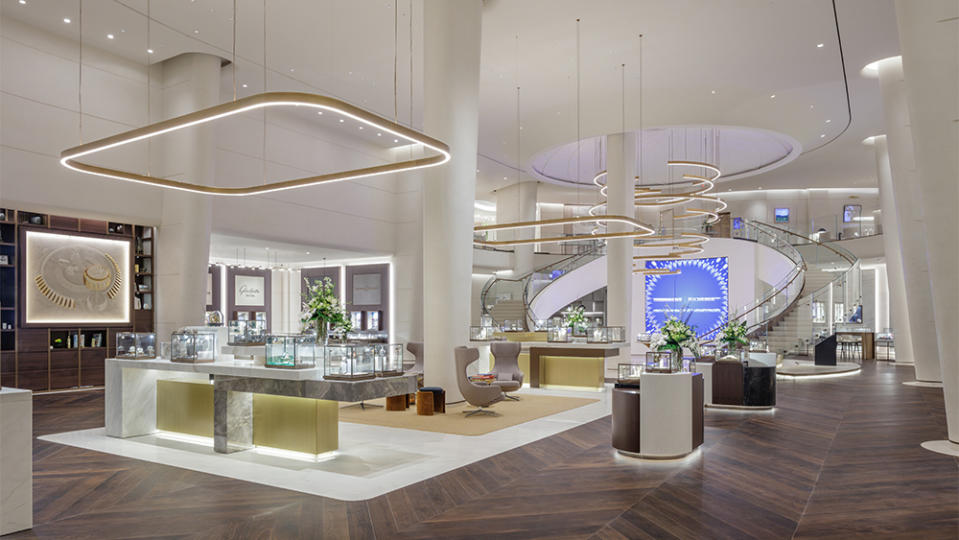
Last year, Bucherer opened a 19,000-square-foot behemoth of a store in Las Vegas. Just this month, Chanel opened its first dedicated watch and jewelry boutique on N.Y.C.’s Fifth Avenue—only the fourth of its kind worldwide. Likewise, Japanese brand Grand Seiko opened its largest boutique in the world last week on Madison Avenue. Its previous flagship was just 500 square feet. Its latest? 6,000 square feet. “That is proportionate to the expansion of the brand itself,” Seiko president, Aiko Naito, tells Robb Report.
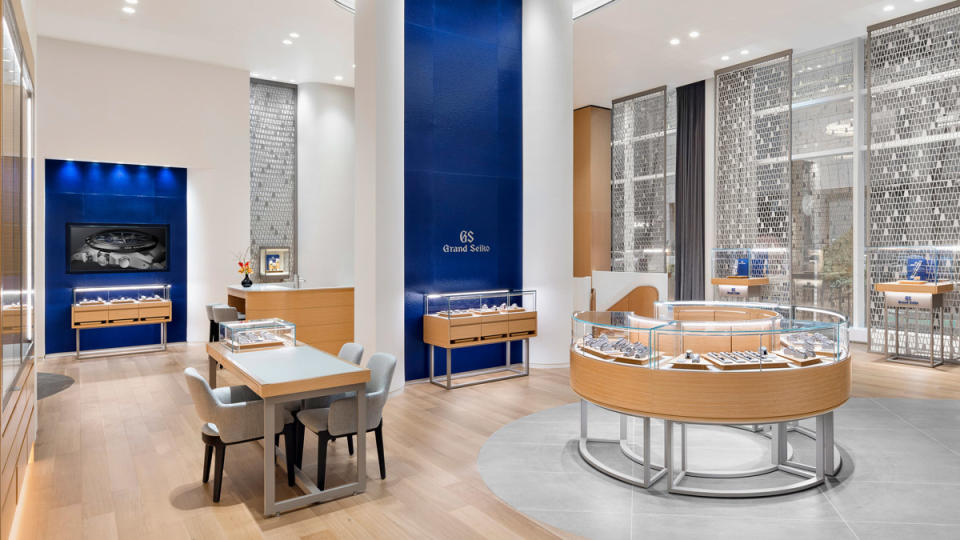
There’s even more new construction and investment on the way. Rumor has it Tiffany & Co. is going to start ramping up its watch division. Watches of Switzerland is planning to open a sprawling new store in Manhattan’s midtown neighborhood sometime this year. While the company has experienced a recent drop in value, you have to zoom out to get a better sense of its position. Its shares might be down about 40 percent year to date, but the firm is up around 37 percent since it went public on the London Stock Exchange in May 2019.
So no, luxury watchmaking is in no state of decline. The top end of the market doesn’t seem to be suffering. A little loosening of the reins on enormous waitlists would easily cover any downward turn. And, as far as I can tell, the enthusiasm for the category is becoming more widespread. You will find some of the old-school watch guard—collectors and journalists alike—often waxing on about the waning industry and how the increasing hype is ruining the hobby for passionate collectors. I think, however, this is a golden era for an industry that experienced an existential crisis 50 years ago and which is thriving today, against all odds, in the age of the smartphone.
Best of Robb Report
Sign up for Robb Report's Newsletter. For the latest news, follow us on Facebook, Twitter, and Instagram.

